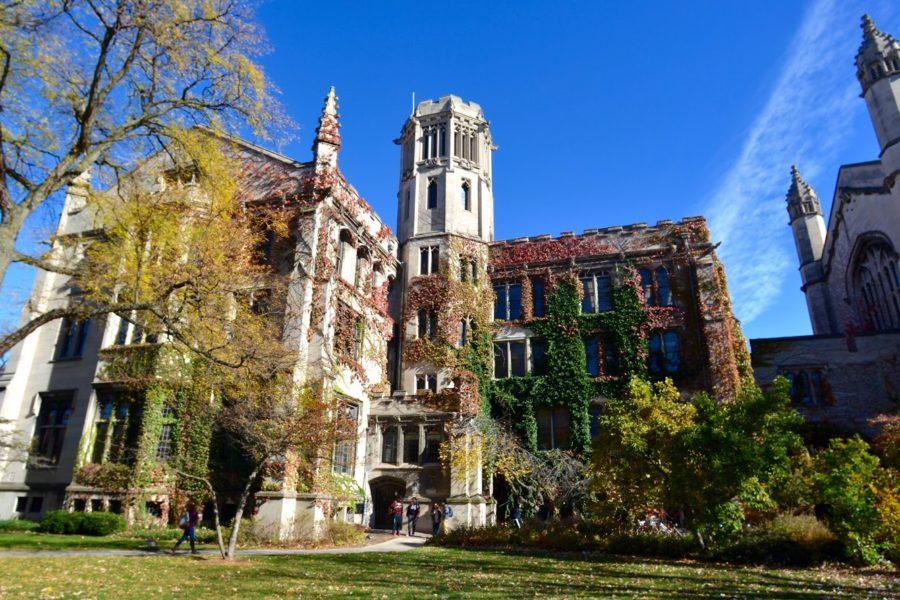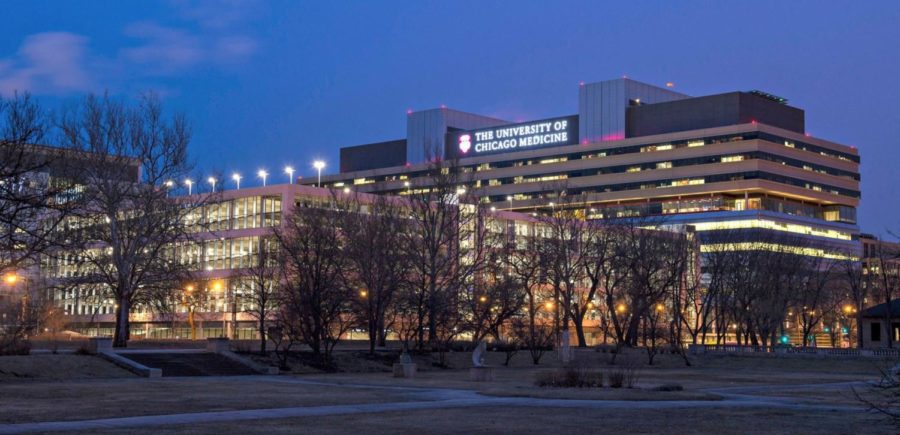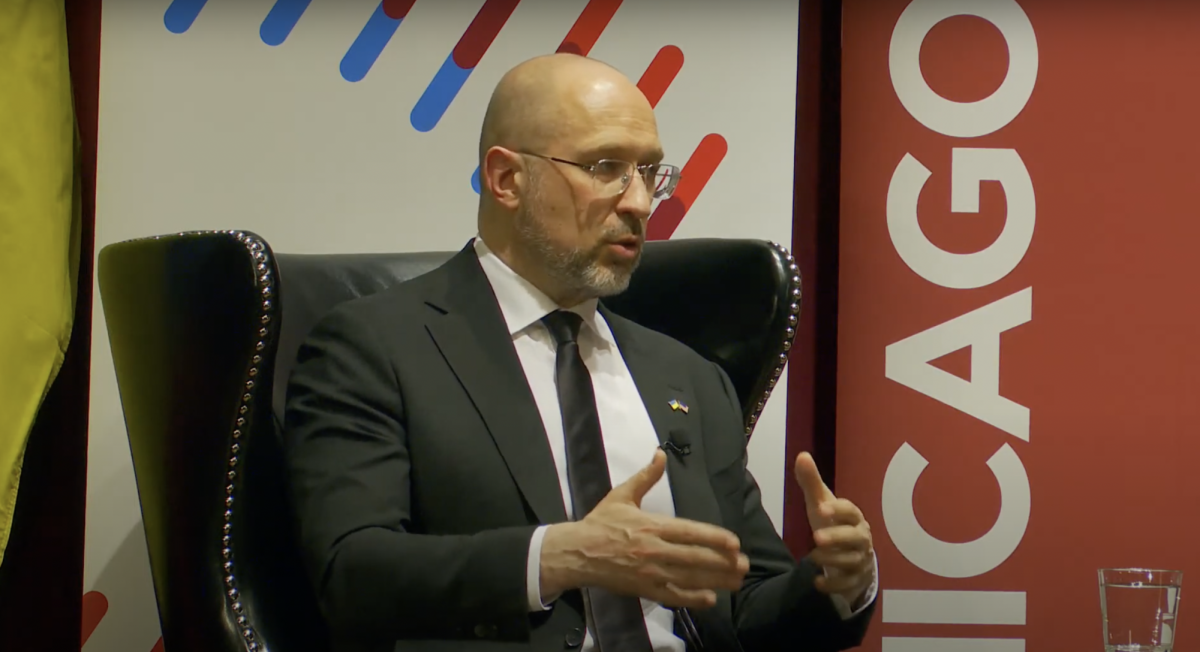The University is cutting its budget by about five percent, administrators announced Tuesday, citing the performance of the University’s endowment as the most significant cause. The endowment has fallen about 30 percent in the past year.
The announcement, made in an e-mail from Provost Thomas Rosenbaum to faculty, students, and staff, suggested that fewer new faculty will be hired and fewer Ph.D. students admitted to the University, and all construction projects not already underway will be reevaluated.
However, the University did renew its commitment to meeting demonstrated aid, the Graduate Aid Initiative, and the Odyssey Scholarships despite an expected increase in tuition. The letter said the U of C is committed to “keeping out-of-pocket expenditures from rising.”
According to the letter, the $143 million budget decrease would be split among the different units that make up the University. $93 million will come from the Medical Center and the associated Biological Sciences Division while the other $45 million will come from the rest of the University.
University spokesman Steve Kloehn reiterated that the University’s support for students remains unaffected by the downturn. “The University continues to meet the needs of students as the economy falls,” he said. “Built into this budgeting process is the expectation that further aid will be needed.”
The 450 Medical Center jobs cut earlier this quarter were “a bold and early stroke” aimed at stemming the recession’s financial repercussions, according to John Easton, spokesman for the Medical Center. Easton, who estimated the department’s cuts would amount to $100 million, $7 million more than was reported by the University, said that University administration was consulted ,but the Hospital’s plan was a Medical Center administration decision.
In fiscal year 2008, the Medical Center relied on patient care for 44.5 percent of its budget. However, Easton said that source of revenue is flagging somewhat following a nationwide trend that has seen people making less use of hospital resources.
In other areas of the University, the brunt of the cuts will fall to small budget reductions and economizing measures, including “pauses in faculty hiring…a reduction in the number of incoming Ph.D. students, elimination of some services and associated staff positions, reducing travel and equipment purchases, and moving print publications online,” the e-mail said.
In a letter to the Humanities Division, Dean Martha Roth said the cuts will mean “a significant loss to the revenue available for operations, including the money available for faculty, lecturer, and staff salaries, for graduate student fellowships, and for support for research, conferences, and journals.”
The letter said that the University asked for a $2.5 million cut from Roth’s division. With much of its budget tied up in faculty salaries and funding for graduate students, the Humanities Division has been forced to admit between one-quarter and one- third of its current enrollment of Ph.D. students for next year.
Dean of the College John Boyer pointed to a similar trend, noting that the University requested the College cut its budget of $26 million by 3 percent. “Most of the reductions will involve many small changes across our units, asking program leaders to tighten up their expenditures and to reduce somewhat the size and scope of their programmatic plans,” he said in an e-mail interview.
Boyer said he will make an effort to protect student jobs, adding that this summer there will be more internship opportunities, FLAG grants, and funding for student research projects than last summer.
The revised budget has left many departments looking for a way to increase revenue. Boyer said he will be making many fundraising trips in the upcoming two years, and Roth mentioned “tuition income, grants, and fundraising” as possible means of supporting themselves.
For the most part, building projects on campus will not be affected by the cuts. Construction already underway will be finished, most significantly Mansueto Library, the David Logan Arts Center, the new Hospital Pavilion, and the new dormitory. However, the renovation to Harper Memorial Library has been scaled back and will be revisited in the future, according to Boyer.
Kloehn said that work on projects still in the design stage would continue until the point at which construction would actually start. At that point, projects will go under review.
Rosenbaum’s letter identified the endowment as the most pressing reason for the budget cuts. At the end of June 2008, the endowment was valued at $6.63 billion. As of last month, it had lost approximately 30 percent of its value, or more than $1.5 billion.
The endowment is conservatively structured so that gains and losses are spread out, Kloehn said. The University’s trustees are allowed to invest 4.5 to 5.5 percent of the value of the endowment averaged over a three-year period, lagged a year.
Kloehn said that, due to this system, “The recession will be felt in 2010, and that downturn will be spread over three years, as will the following returns. This is so we don’t have to absorb a sudden loss all once.”
It is because of this insulation from the endowment that the U of C has not had to implement what Kloehn called “across the board cuts.” Instead, the 35 units that make up the University were asked to find ways to reduce spending. They were given “individual targets, avoiding one-size-fits-all solutions such as campus-wide hiring or salary freezes,” according to the provost’s letter, distancing itself from policies adopted by some peer institutions that have been hit harder by the economic crisis.
Many other schools are much more reliant on their endowments than is the U of C; for example, Harvard’s endowment represents around 35 percent of its operating budget, while the U of C’s represents 8.6 percent. Harvard, Yale, Duke, and others have instituted salary freezes for professors above a certain pay grade, and Harvard, Cornell, and Stanford have each instated hiring freezes.
Kloehn said the University did not pursue such broad actions because it saw a less centralized plan as a better way to “maintain momentum in the University’s core academic mission and some of its key initiatives.”
He said the dean or vice president of each division will give more details about the cuts they are making in the near future.









